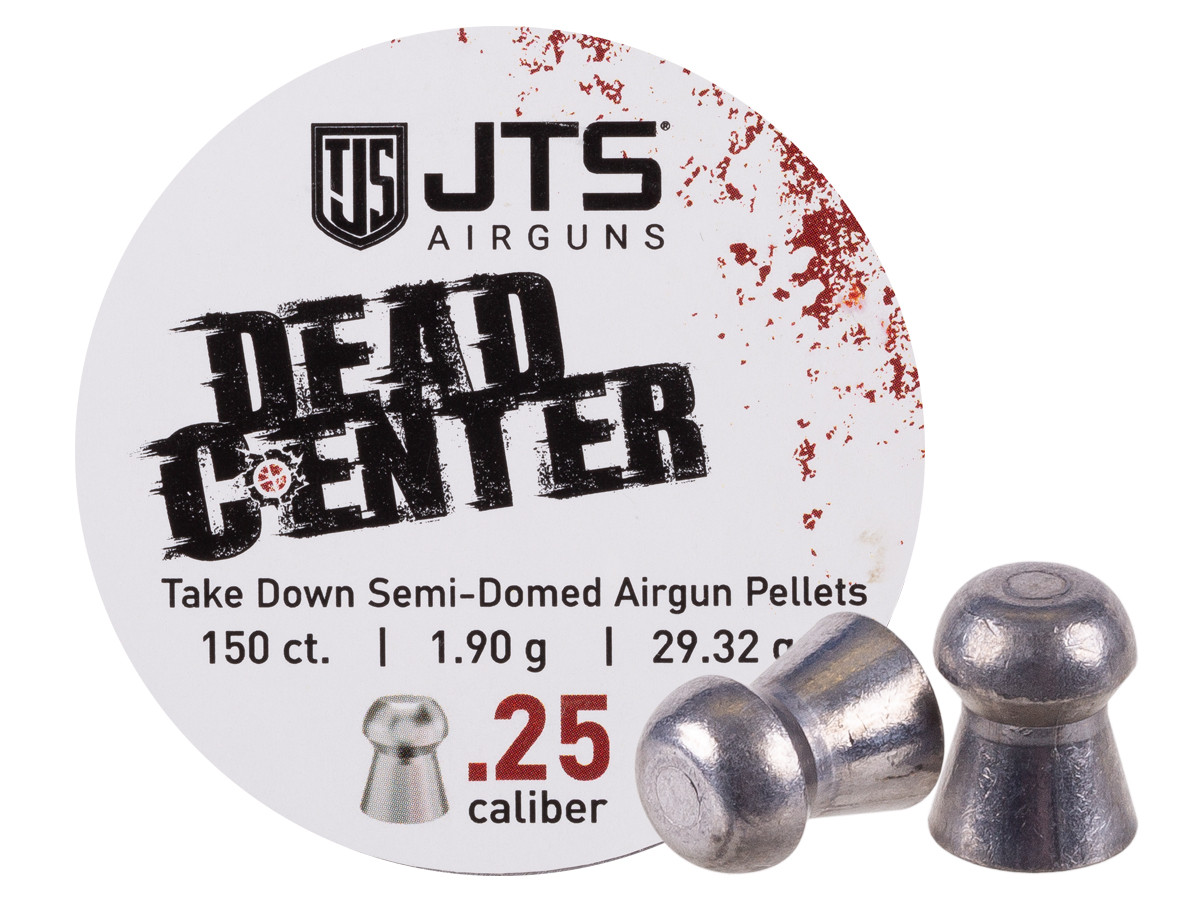I would love to see a company ( preferably JSB ) come out with a heavy .25 pellet in the 38-40gr range and as a Wadcutter.
I know that Hollopoints are sexy, I know that slugs are sexy but unfortunately in the airgunning world the Meplat is completely overlooked
As a hunter I rather have a big Meplat then a Hollowpoint.
A nice heavy Wadcutter with a lot of the weight in the front ( maybe make it with narrow riding bands like the EunJin ) would really fill an empty spot in today's airgun world.
I know that Hollopoints are sexy, I know that slugs are sexy but unfortunately in the airgunning world the Meplat is completely overlooked
As a hunter I rather have a big Meplat then a Hollowpoint.
A nice heavy Wadcutter with a lot of the weight in the front ( maybe make it with narrow riding bands like the EunJin ) would really fill an empty spot in today's airgun world.
Last edited:
